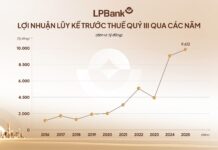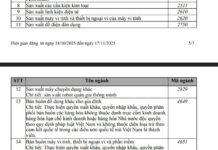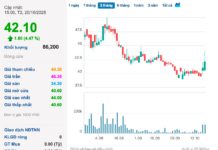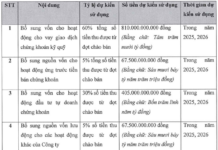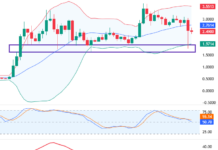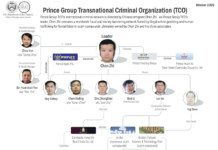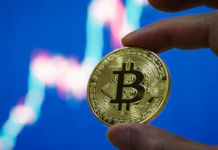A number of banks in Vietnam are rushing to implement systems to ensure compliance with this regulation by July. Additionally, many banks were prepared for this deadline earlier. For instance, at MB, money transfers with biometric facial recognition verification have been available to customers since the beginning of 2024. According to the bank, as of mid-June 2024, approximately 1.3 million customers had adopted money transfers using facial data collected and stored at MB.
The implementation of Decision No. 2345/QD-NHNN by the State Bank is crucial, especially in adding an important layer of security for customers amid a rise in fraud and transaction scams. According to experts in technology and cybersecurity, this is a positive step towards preventing fraud and protecting users, prompting banks to quickly deploy AI-related solutions in biometric recognition, streamlining customer identification processes, and enhancing credit institutions’ operational efficiency while reducing risks.
Embracing Technology Early On for Enhanced Customer Protection
With the increase in sophisticated scams aimed at stealing user information, account details, and executing unauthorized money transfers, many citizens are concerned about the security of their online transactions. They fear that if their mobile devices or bank cards are lost or stolen, their information could be compromised, leading to potential financial loss.
To address this issue, several banks have implemented multi-factor, multi-layered security measures to protect customer accounts. A representative from MB emphasized that biometric authentication serves as a critical barrier to safeguard customers, in addition to password protection and Digital OTP. By proactively adopting advanced technology and complying with SBV regulations, MB has ensured the safety of its customers’ transactions since the beginning of 2024. Now, when making transfers, customers can use facial biometrics for authentication, ensuring that the transaction is authorized only by the account holder whose data matches the information stored at the bank and their ID card.
As of now, MB has achieved a 93.3% success rate in facial recognition transactions. For cases where facial recognition cannot be performed on the App, MB provides assistance and guidance to customers at all transaction points nationwide.
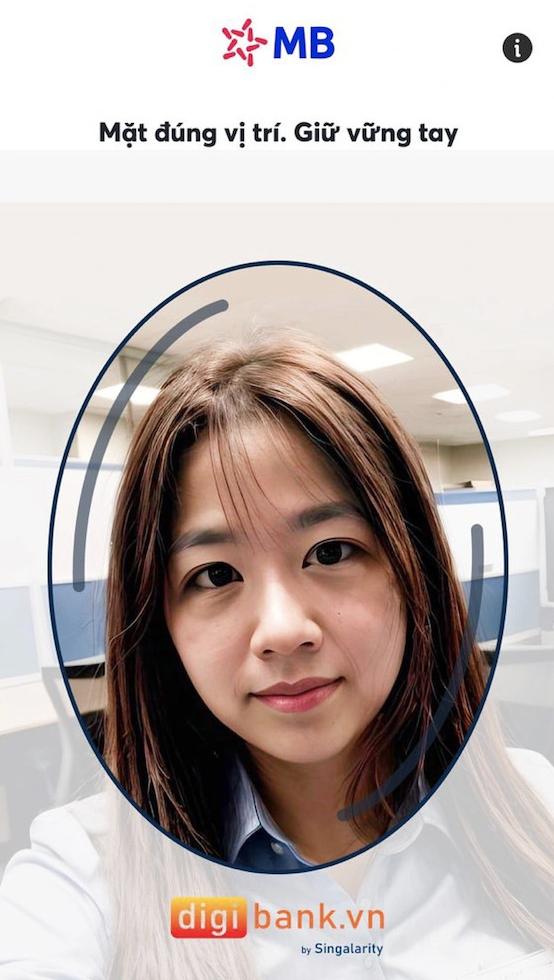
Adding Security Layers and Fraud Alerts to Prevent Unwanted Transactions
According to the State Bank’s regulations, biometric data for transaction authentication must match the biometric data stored in the chip of the customer’s ID card issued by the police. This is crucial for ensuring high-level security, confidentiality, and authentication. Mr. Mai Huy Phuong, Deputy Director of MB’s Digital Banking Division, stated: “Facial data authentication is a vital defense mechanism against fraudsters, even those employing Deepfake technology. The MBBank App can detect faces that do not match the registered user and also rejects recognition attempts made while wearing a mask, covering the face, wearing sunglasses, or deliberately obscuring the face during authentication. Furthermore, we are a leading bank in identifying fraudulent accounts or those exhibiting fraudulent tendencies and alerting customers before they initiate a transfer. This is based on information continuously updated by the Police Department for High-Tech Crime Prevention and Control (A05)

As per legal requirements, banks must maintain strict confidentiality of all customers’ biometric data. In addition to implementing multi-layered security measures for transactions and heeding warnings about fraudulent activities, customers should also be vigilant and proactive in safeguarding their personal information, account details, and bank cards. MB is among the few banks that allow credit/debit cardholders to manage their card information on the MBBank App and enable/disable transactions as needed, without having to visit a physical branch.
Young woman does not receive commission after paying 1.5 billion VND for merchandise: Another victim deceived
Despite numerous warnings, a young woman in her twenties residing in Nam Tu Liem, Hanoi, has recently fallen victim to a scam, losing 1.5 billion Vietnamese dong.









